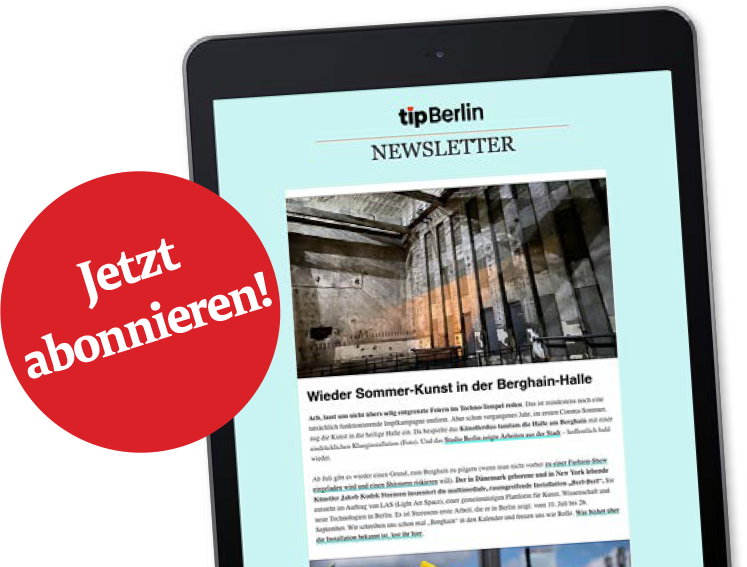Prenzlauer Berg’s history is more interesting than its current bourgeois reputation suggests, argues Slow Travel Berlin’s Paul Sullivan…
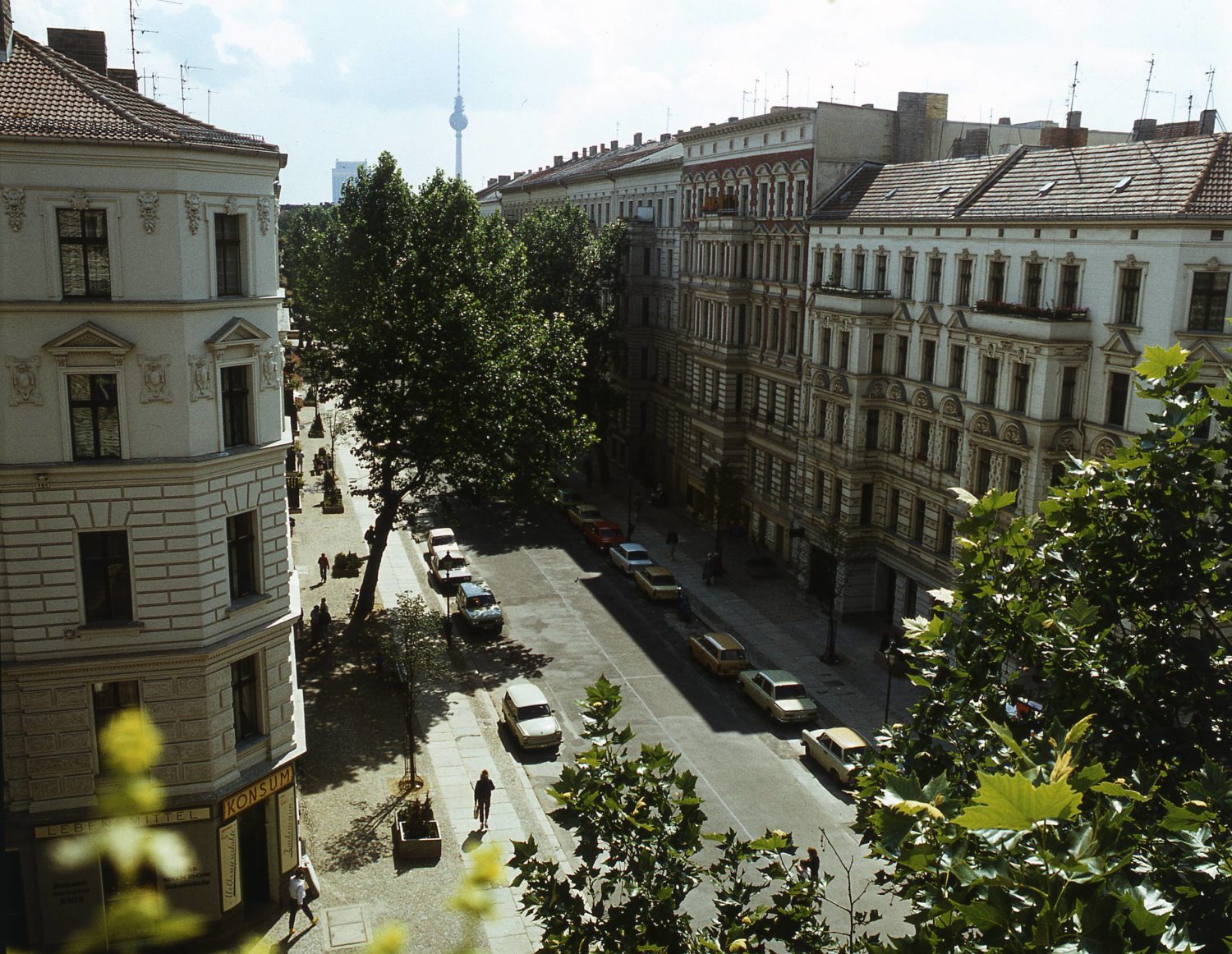
Back in the early 19th century, what we know today as the well-to-do Berlin district of Prenzlauer Berg was still part of the Feldmark beyond the city walls. Here, farms harvested grain and the landscape was dotted with enough windmills for the area to be known simply as Windmühlenberg (Windmill Hill). It wasn’t until 1920 that it adopted its current moniker.
Breweries and overcrowding: Life in 19th-century Prenzlauer Berg
But the district’s fortunes began to change before that, most conspicuously with the discovery of high water quality in its wells, good clay deposits useful for storage, and brewing techniques imported from Bavaria.
By 1837, the first beer garden in the city, Prater, had sprung up on what is now Kastanienallee (7-9), and a tradition began that would gradually put the area firmly on the map — helped along by an urban expansion in 1862 (via city planner James Hobrecht), which created the rectangular grid of streets still in place today.
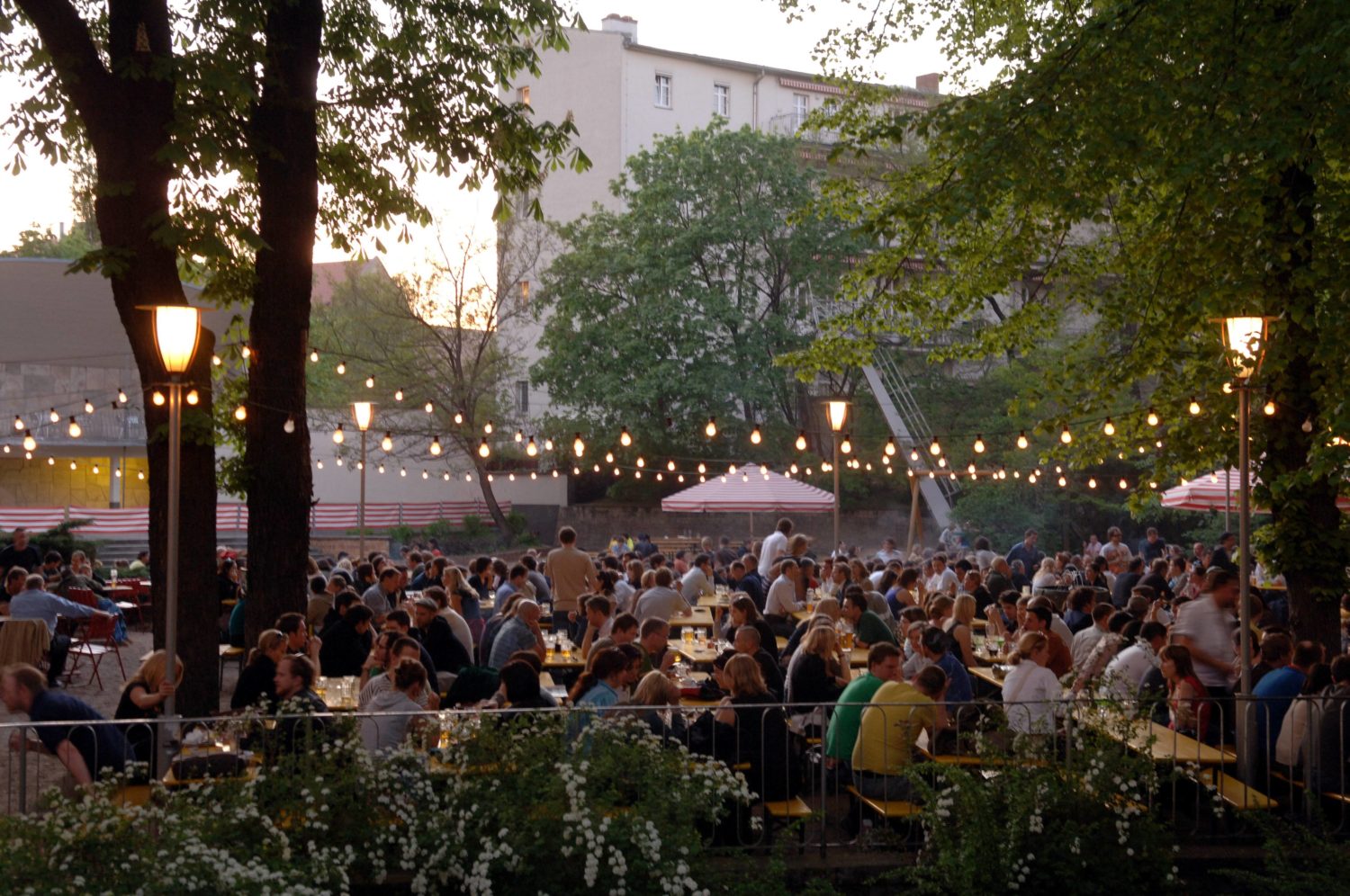
Hobrecht’s plan also included lining the streets with five-storey tenements that still mostly exist there today (around 65% of them survived the war bombings). Around 100,000 of them were thrown up between 1870 and 1890, but the huge influx into the area after the German Empire unified in 1871 (when around 10,000 new inhabitants poured into the city each year) meant that they soon became over-crowded and hotbeds of infectious disease.
Among the people who moved to the area in the late 1800s was the artist Käthe Kollwitz, who resided in what is now Kollwitzstrasse 56a with her doctor husband Karl. It was the dire social conditions she witnessed in Prenzlauer Berg that informed much of her empathetic work on human suffering.
Other newcomers found employment in the businesses that the tenements incorporated (and still incorporate today) on their ground floor — bakers, florists, shopkeepers, pharmacists, jewellers — as well as the local breweries.
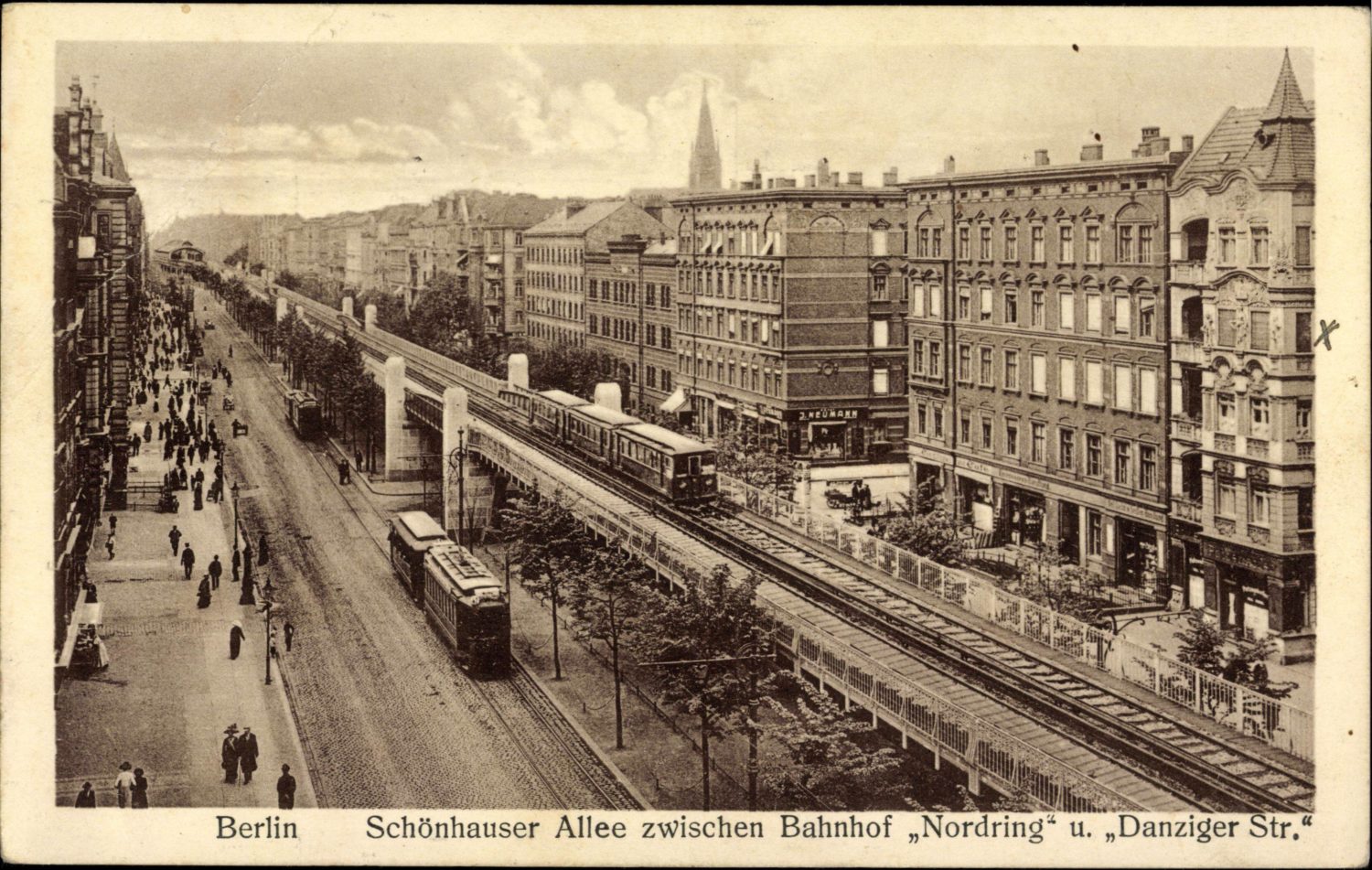
By 1900 there were 14 breweries in Prenzlauer Berg, one of the largest being the Schultheiss brewery, today known as the KulturBrauerei. The current building, constructed in glamorous yellow and red brick, was designed by architect Franz Schwechten as part of the brewery’s expansion in 1887.
Not only was the brewery a huge source of local employment, it was admirably active in the social reforms of the late 19th century, providing subsidised hot meals, free coal deliveries and loans for workers — and even work insurance policies. In service until the 1960s, it was squatted for a while after the Wall fell and nowadays hosts a mix of commercial and cultural venues, including the ‘Everyday Life in the GDR’ exhibition (Knaackstraße 97).
The brewery also installed bathhouses on site, not only for workers but also their families, supplemented by the public baths on nearby Oderberger Straße that were built by architect Ludwig Hoffmann in 1898. Like the brewery, the baths also survived the war intact, and were only closed in 1986. In 2011, the GLS language school bought the building and re-opened it as a hotel, but with the pool restored and open again to the local community. On the second floor is a small, free, exhibition.
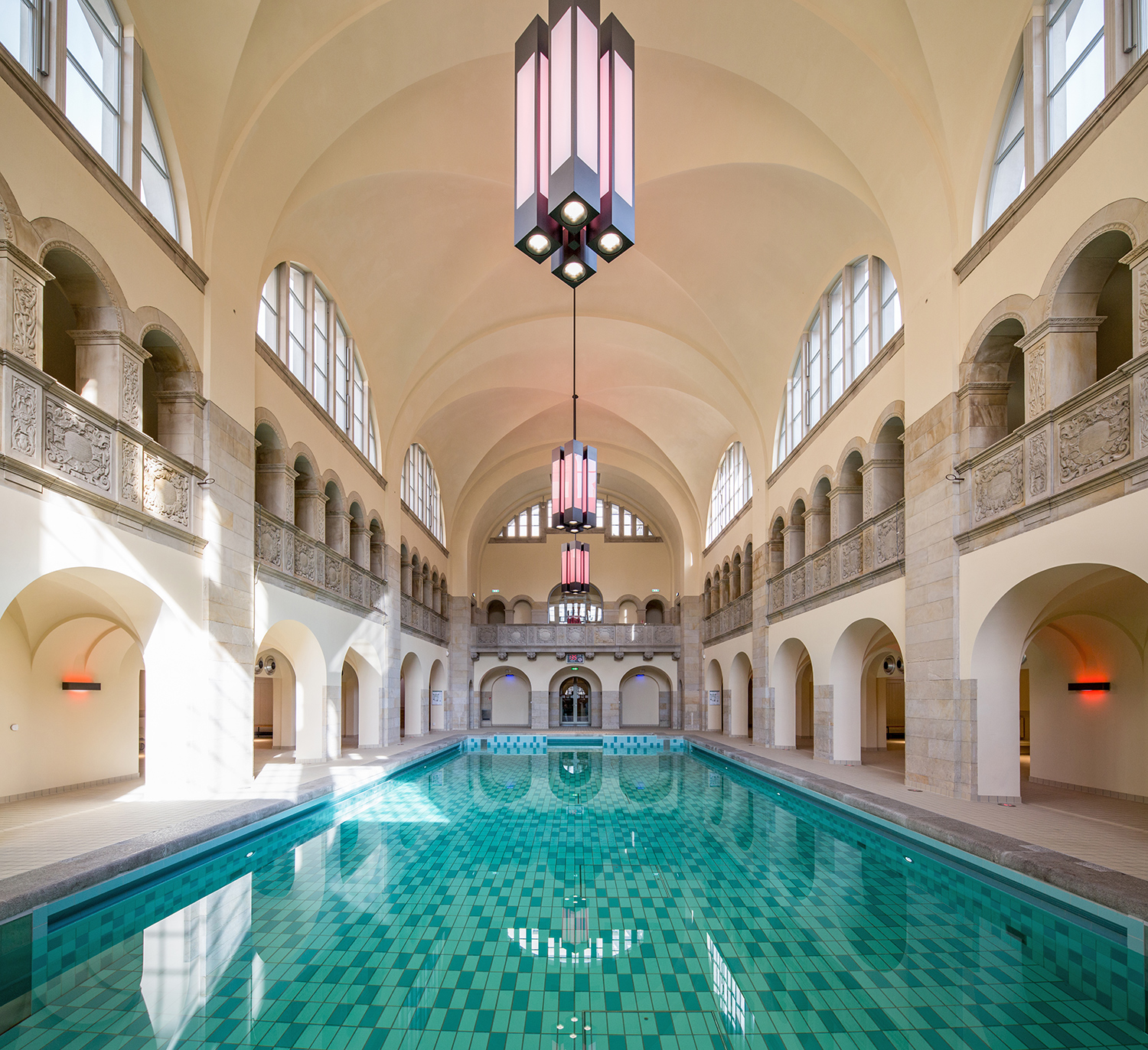
Jewish culture — and 20th-century tragedy
One of Prenzlauer Berg’s largest prewar communities was Jewish. Around 18,000 Jews lived in the district in 1933 — around 10% of the total population — and although their community was destroyed, several notable buildings from the era remain. The atmospheric, ivy-covered Jewish cemetery on Schönhauser Allee, built on the grounds of an old brewery (and dairy farm), was opened in 1827 and hosts several prominent figures, including the composer Giacomo Meyerbeer, the painter Max Liebermann, and Gerson von Bleichröder, financial advisor to Bismarck.
The yellow-brick building next door, now private apartments, was inaugurated as a Jewish retirement home much later, in 1883. Its inhabitants and their helpers were transported to Theresienstadt in 1942. In the same year, around half of the 140 or so children (plus their carers), aged from just a few months old to 16, were taken from the former Auerbach Jewish orphanage over the street at No 162 to Auschwitz. The rest were taken to a forest in Riga and shot. The orphanage, established in 1897, was bombed during the war, but a very touching (and sadly overlooked) memorial remains in the courtyard today.
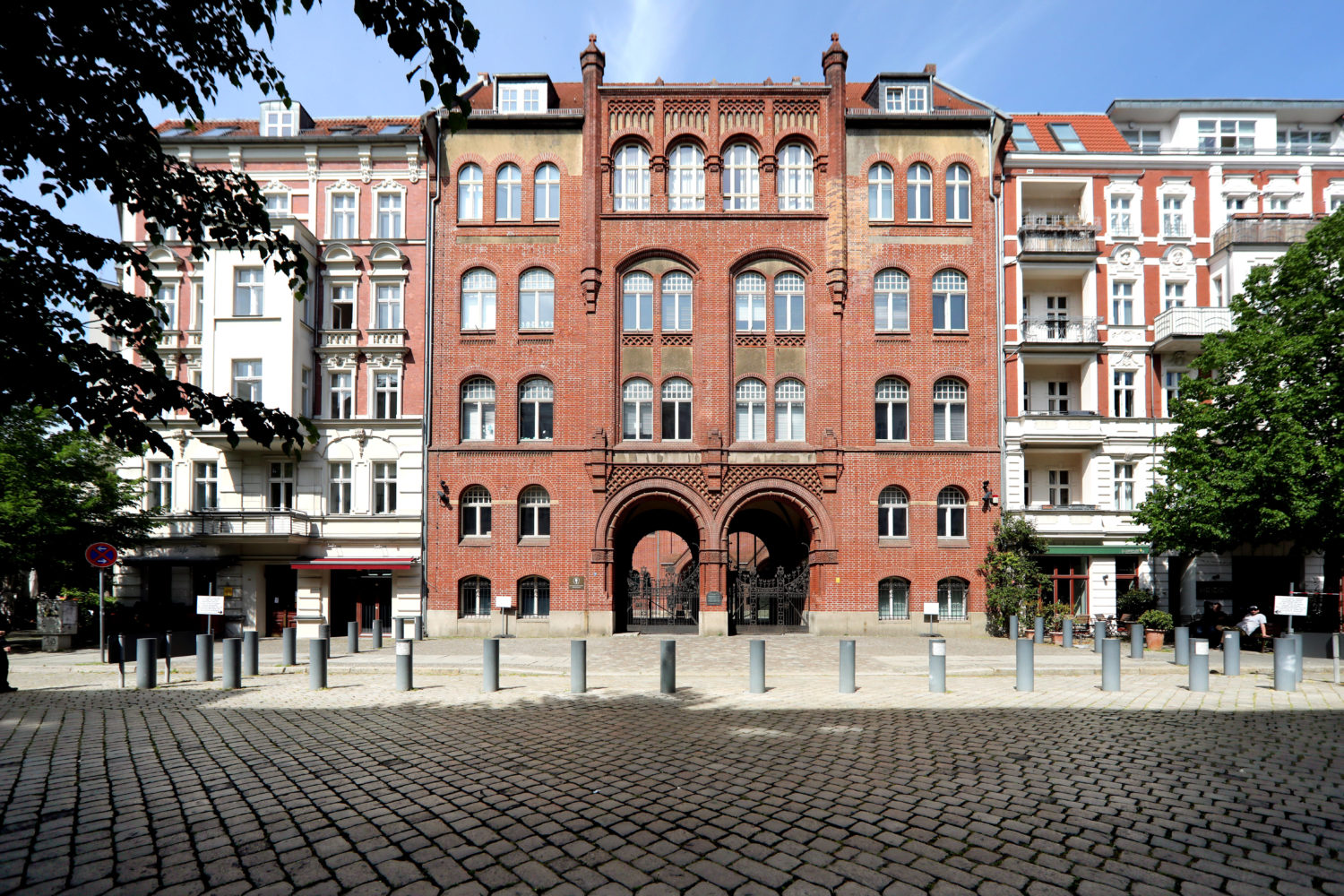
Over at Rykestraße 53 sits the district’s handsome synagogue. Consecrated in 1904 and with over 2000 seats, it’s considered the largest synagogue structure in Europe. Demolished in the city’s 1938 Nazi pogroms, it was restored to its full glory in 2007, and today houses a religious school. Access to the main building is restricted to occasional public events, but the nearby Prenzlauer Berg Museum (Prenzlauer Allee 227) has a permanent exhibit that features the history of the many prewar Jewish schools that dotted the area.
Communism, punks and the GDR
Another testament to the horrors of the Nazi regime can be visited at the famous water tower (Dicke Hermann), which was built in 1877 and in use until 1952. Next to the tower is a memorial to those — mostly communists; Prenzlauer Berg having become known as “red windmill hill” due to its left-wing leanings — who were tortured and murdered in the former machine hall that stood there, in 1933 and 1934.
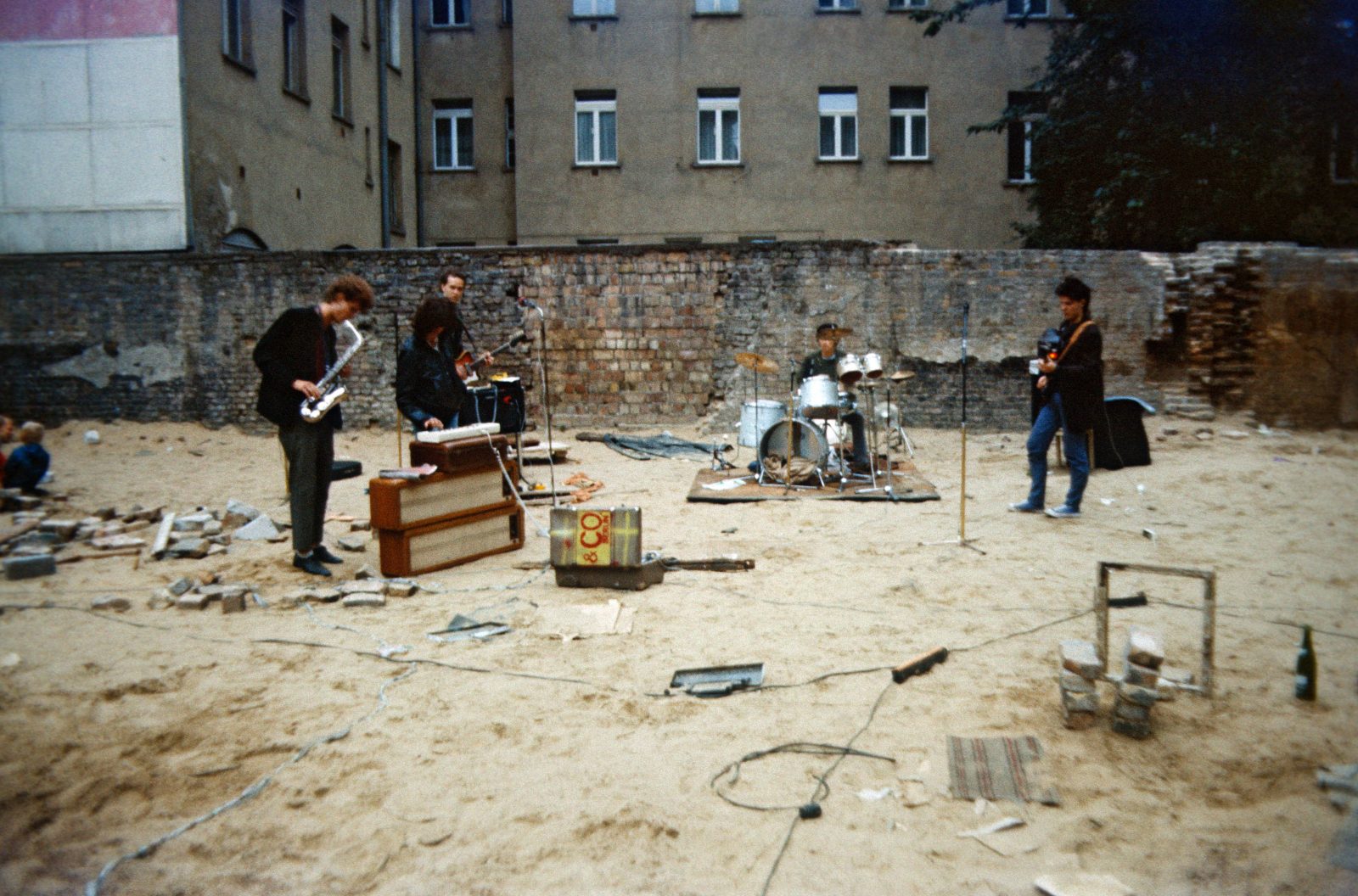
After the war, Prenzlauer Berg became part of the Soviet Zone. Its war-damaged tenements, with their shared toilets, coal heating, and crumbling balconies and staircases, increasingly became home to artists, squatters, students, writers, poets, punks and activists. By the 70s and 80s, the area had become one of the most active dissident hubs in East Germany, with a clandestine community that continually tried to evade the sinister grip of the Stasi while agitating for change.
There are few visible traces of this milieu today, though venues such as Prater were crucial in terms of promoting dissident art, music and literature events, as was the Gethsemene church on Stargarder Strasse, which played a significant role in the events leading up to the fall of the Wall in November 1989 (nearby information posts outline some of this history).
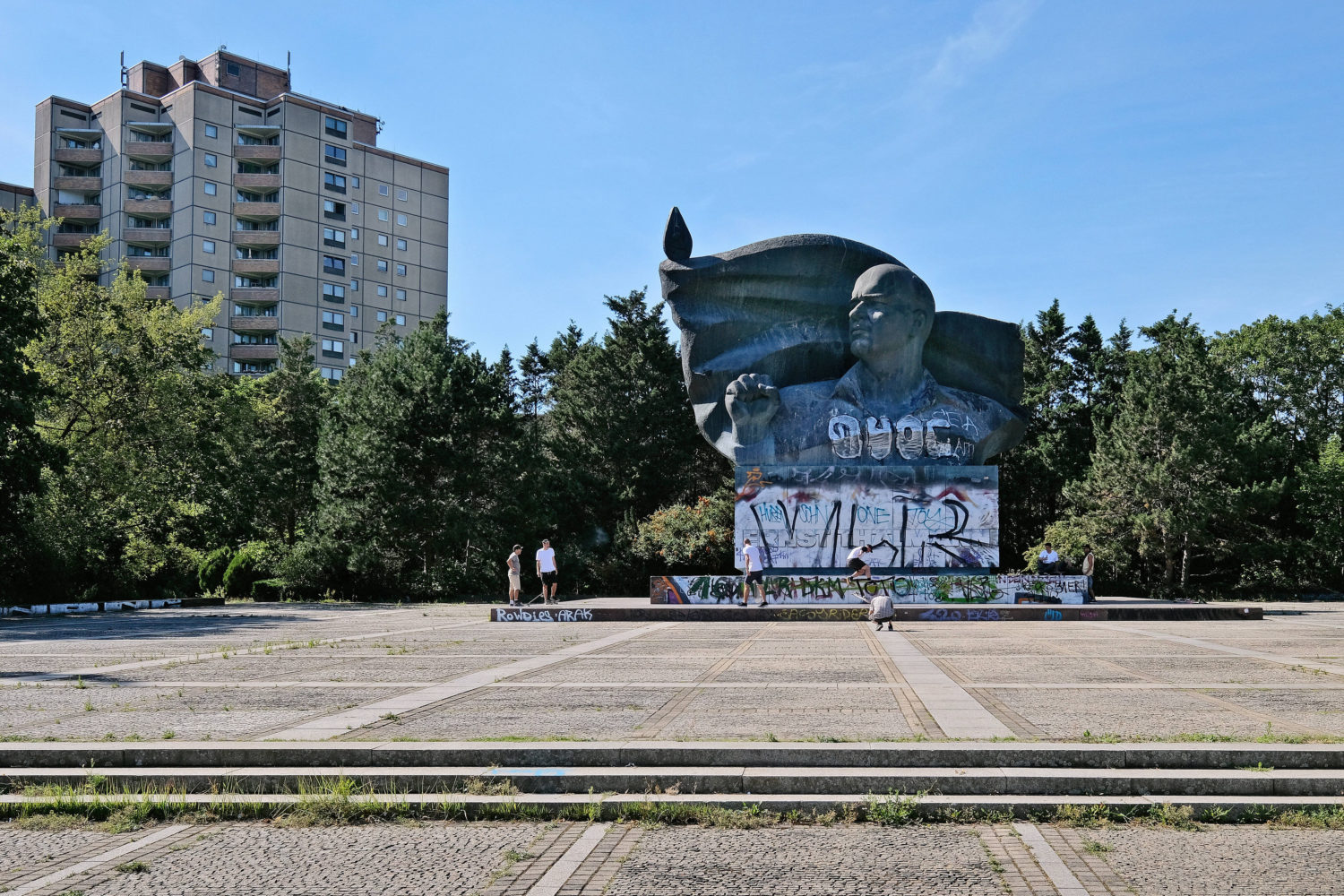
The Bernauer Strasse Wall Memorial, of course, also reveals the bravery of locals who escaped (or tried to), and the tragic tales of those who didn’t make it via their excellent outdoor exhibition, while another GDR-era spot to visit is the Ernst Thälmann Park. Inaugurated in 1987 for the city’s 750th birthday, it was one of the last utopian projects of the GDR.
Situated on the site of a former gas works, the park offers a cutting-edge planetarium, a slew of community venues (including a swimming pool), socialist high rises, and an outsized statue of former communist party leader Thälmann on the Greifwalder Strasse side of the park.
When the Wall fell, almost 90% of the housing in Prenzlauer Berg was still heated with coal ovens; around half had no bath, and a quarter still shared a hallway toilet. The inhabitants, dissidents included, quickly moved out as foreign investors moved in.
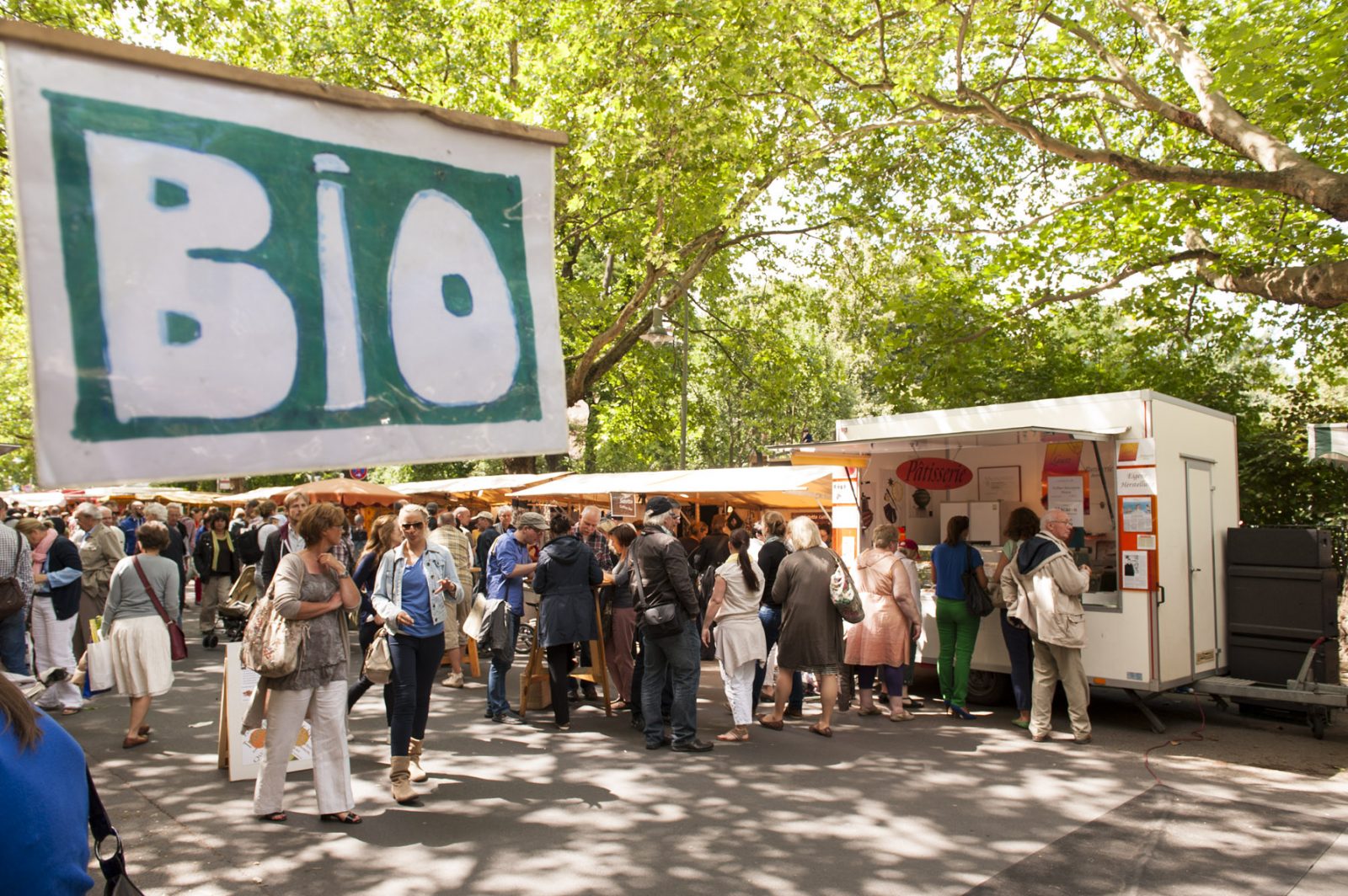
By the millennium, only about 5-8% of the district’s original residents still owned property there, and the rents haven’t stopped soaring since, drawing the largely white, middle-class, professional demographic that it’s known (and derided) for today.
Traces of the district’s fascinating and turbulent past remain though, if you make an effort to find them.
Paul Sullivan is a guidebook author, travel journalist and the founder/editor of Slow Travel Berlin. His words and images have appeared in The Guardian, BBC, Sunday Times Travel, The Telegraph, Nat Geo UK and more. He has lived in Berlin for 12 years.
Paul runs English tours of Prenzlauer Berg, when corona allows it. More info here.
Keen to delve into more of Berlin’s unique history? Our editors put together a photographic journey through the highs and lows of Flughafen Tegel — and here are some emotional snaps of the airport’s final weekend.




